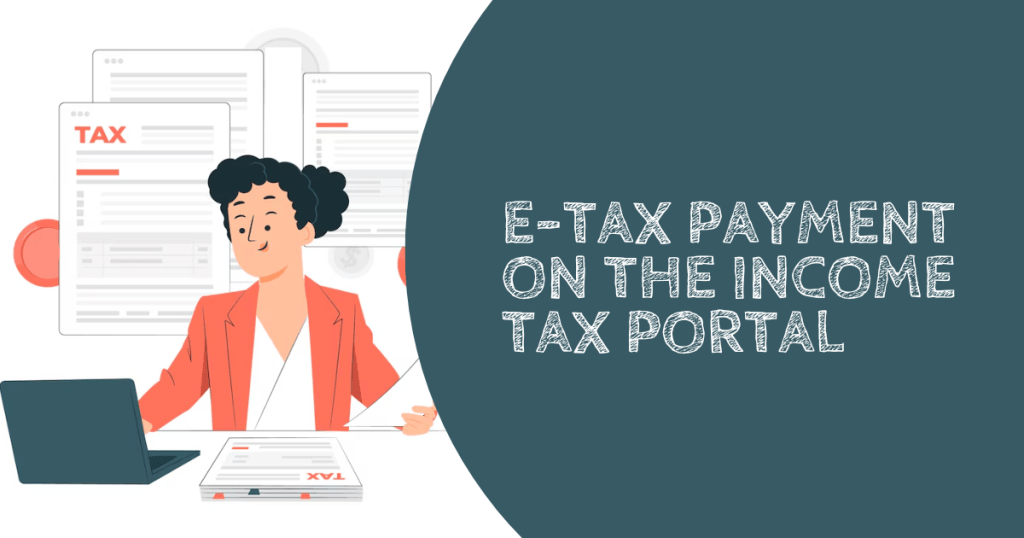TDS on rent refers to the deduction of a certain percentage of tax by the tenant before making a rental payment to the landlord. The tenant deducts TDS and deposits it with the government. This ensures that the government receives tax revenue on rental income and prevents tax evasion.
Budget 2025 Update
- The annual limit for TDS on rent has been increased from ₹2.40 lakh to ₹6 lakh.
- This means that those who are paying rent up to ₹6 lakh annually will no longer be required to deduct TDS, providing relief to landlords and reducing compliance burdens.
Introduction
TDS (Tax Deducted at Source) on rent is governed by three key sections under the Indian Income Tax Act: Section 194I, Section 194IB, and Section 194IC. Each section applies to different scenarios and types of taxpayers. Here’s an overview of each:
Section 194I: TDS on Rent for Businesses
Applicability
- Applicable to individuals, HUFs, and other entities (e.g., firms, companies, trusts) required to deduct TDS if they are subject to tax audit under Section 44AB.
- Deduction is required when paying rent to a resident.
Definition of Rent
Includes payments for use of land, building, furniture, fittings, machinery, plant, or equipment.
Threshold
TDS applies if the annual rent payment exceeds Rs.2,40,000.
Rates
- 2% for plant, machinery, or equipment.
- 10% for land, building, furniture, or fittings.
When to Deduct
At the time of credit to the payee’s account or payment, whichever is earlier.
Non-Applicability
Individuals or HUFs not liable for tax audit are not required to deduct TDS under this section.
Section 194IB: TDS on Rent for Individuals and HUFs (Not Under Tax Audit)
Applicability
Applicable to individuals and HUFs not covered under tax audit provisions.
Deduction is required when paying rent to a resident.
Threshold
TDS applies if the monthly rent exceeds Rs.50,000.
Rates
5% on the total rent amount.
When to Deduct
Deduction is to be made in the last month of the financial year or at the time of vacating the property.
Special Provisions
- No requirement to obtain a TAN (Tax Deduction Account Number) for deducting TDS.
- TDS is deposited using Form 26QC.
Section 194IC: TDS on Rent Under Joint Development Agreements
Applicability
Applies to payments (in cash or kind) made under a Joint Development Agreement (JDA) to the owner of land/building by the developer.
Rate
10% on the monetary consideration paid.
When to Deduct
At the time of credit to the account of the payee or at the time of payment, whichever is earlier.
Non-Monetary Consideration
For non-monetary consideration, the owner is liable to pay tax as per capital gains provisions.
Comparison of Applicability Scenarios
| Scenario | Applicable Section | Details |
| Rent of ₹5,00,000 annually paid by a company | Section 194I | TDS @ 10% on Rs.5,00,000 (Land/Building threshold of Rs.2,40,000 crossed). |
| Residential rent of ₹60,000/month by a salaried person | Section 194IB | TDS @ 5% on total rent deducted in March or at termination. |
| Landowner receives ₹10,00,000 in a JDA | Section 194IC | Developer deducts TDS @ 10% on Rs.10,00,000. Non-monetary compensation is separately taxable. |
What is the mode of TDS payment on rent?
- Tenants are required to deduct and pay TDS to the government once per financial year. This deduction generally required to be submitted once I.e., the last month of the financial year or the last month of the tenancy, whichever is earlier.
- Tenants must use a challan-cum-statement called Form 26QC to make the TDS payment to the government.
- Once the TDS payment done, the tenant must provide Form 16C to the landlord as Form 16C serves as a TDS certificate and provides proof of the tax deposited.
- Tenants do not need to have a Tax Deduction Account Number (TAN) to make the TDS transaction.
- Penalties and interest levied in case of non-deduction or delay in TDS payment
- Penalty interest of 1% per month on the amount of tax should be deducted for delay in deducting taxes
- Penalty interest of 1.5% per month on the amount of tax should be deposited to the government for delay in depositing tax
- If fail to file Form 26QC within 30 days may result in a late fee of Rs 200 per day.
- A penalty of Rs 100 per day may be levied if fails to issue Form 16C within time frame.
FAQs
To avoid TDS on rent:
Individuals with nil tax liability can submit Form 15G or 15H to the deductor, requesting no TDS deduction.
Or while filing the Income Tax Return , entities can claim TDS as a credit.
Yes, TDS on rent is refundable if a rental agreement is canceled after advance rent and TDS deduction. The tenant can receive a refund of the balance. The landowner must report the cancellation in the TDS details when filing their Income Tax Return to facilitate the refund process.
1. Payments by or on behalf of the Government – 7th of the succeeding month.
2. Payments By Other Deductor – For the any other month 7th of the succeeding month and for March 30th April.


